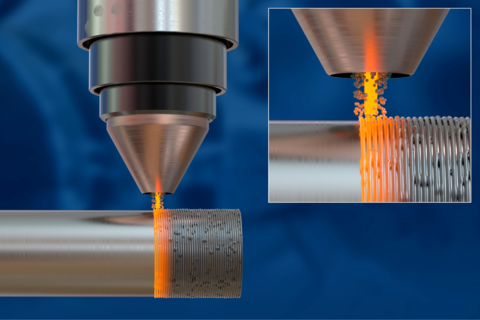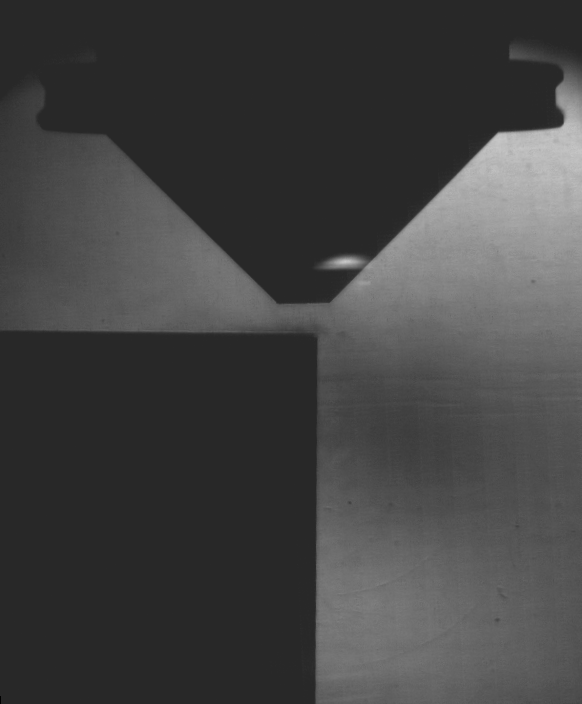Directed Energy Deposition
Directed energy deposition (DED) builds up material layer-by-layer. A nozzle deposits and melts material onto a target with a directed beam of energy, such as a laser or an electron beam. The material cools and forms a solid part. National Institute of Standards and Technology (NIST) Additive Manufacturing (AM) implements various directed energy deposition techniques for AM. Learn more about our directed energy deposition work by exploring the content below. If you would like guidance on additive manufacturing efforts or a chance to use our resources, please explore our various research opportunities and/or contact us.
Learn about our directed energy deposition efforts below.
Tools & Instruments | Publications

Tools & Instruments
Learn about our instrumentation for directed energy deposition by selecting the plus icon (+) below.
NIST AM publishes research about directed energy deposition for additive manufacturing. View some of our publications here.
Contacts
Additive Manufacturing Program Coordinators
-
(303) 497-5991
-
(301) 975-4352


